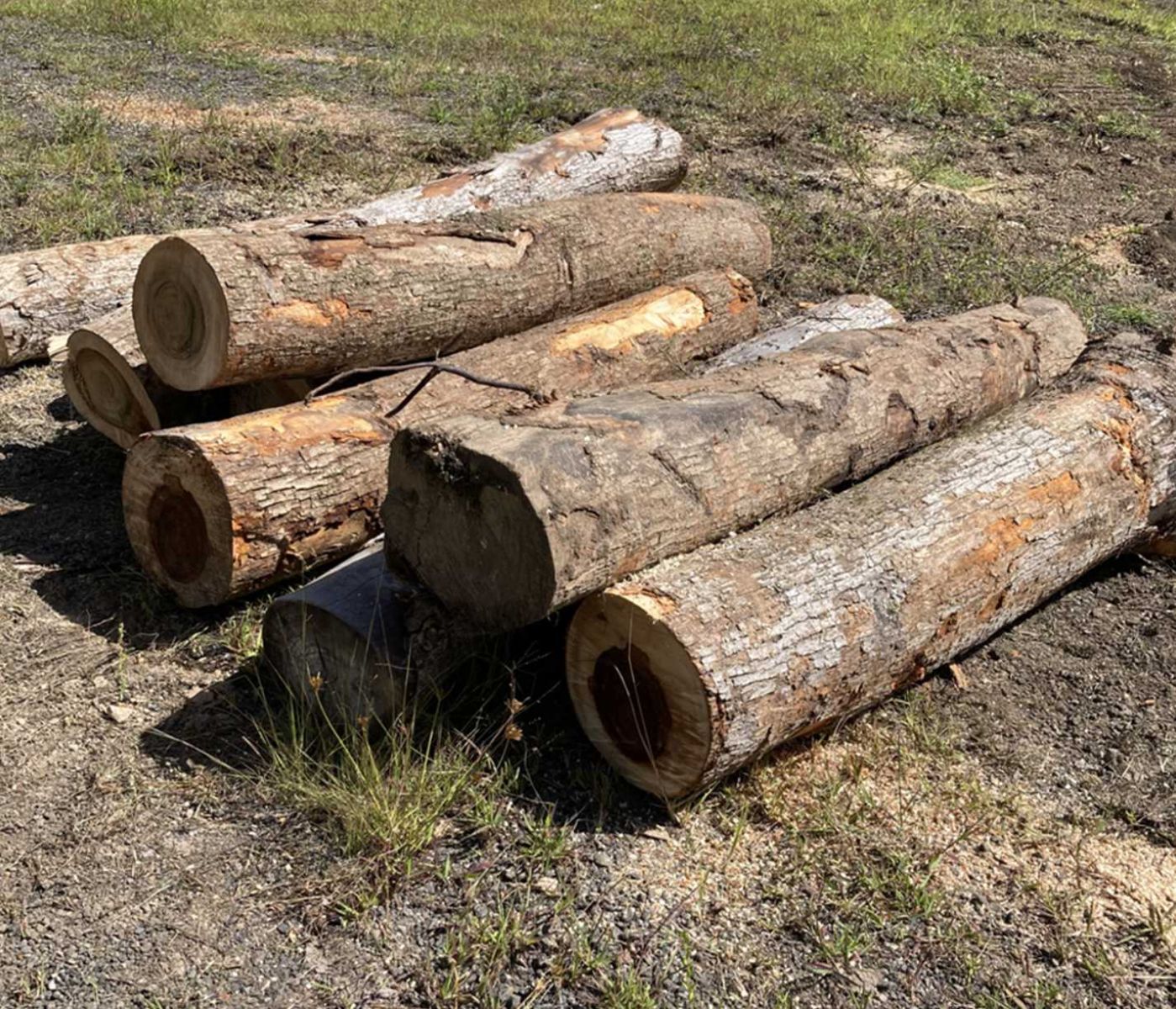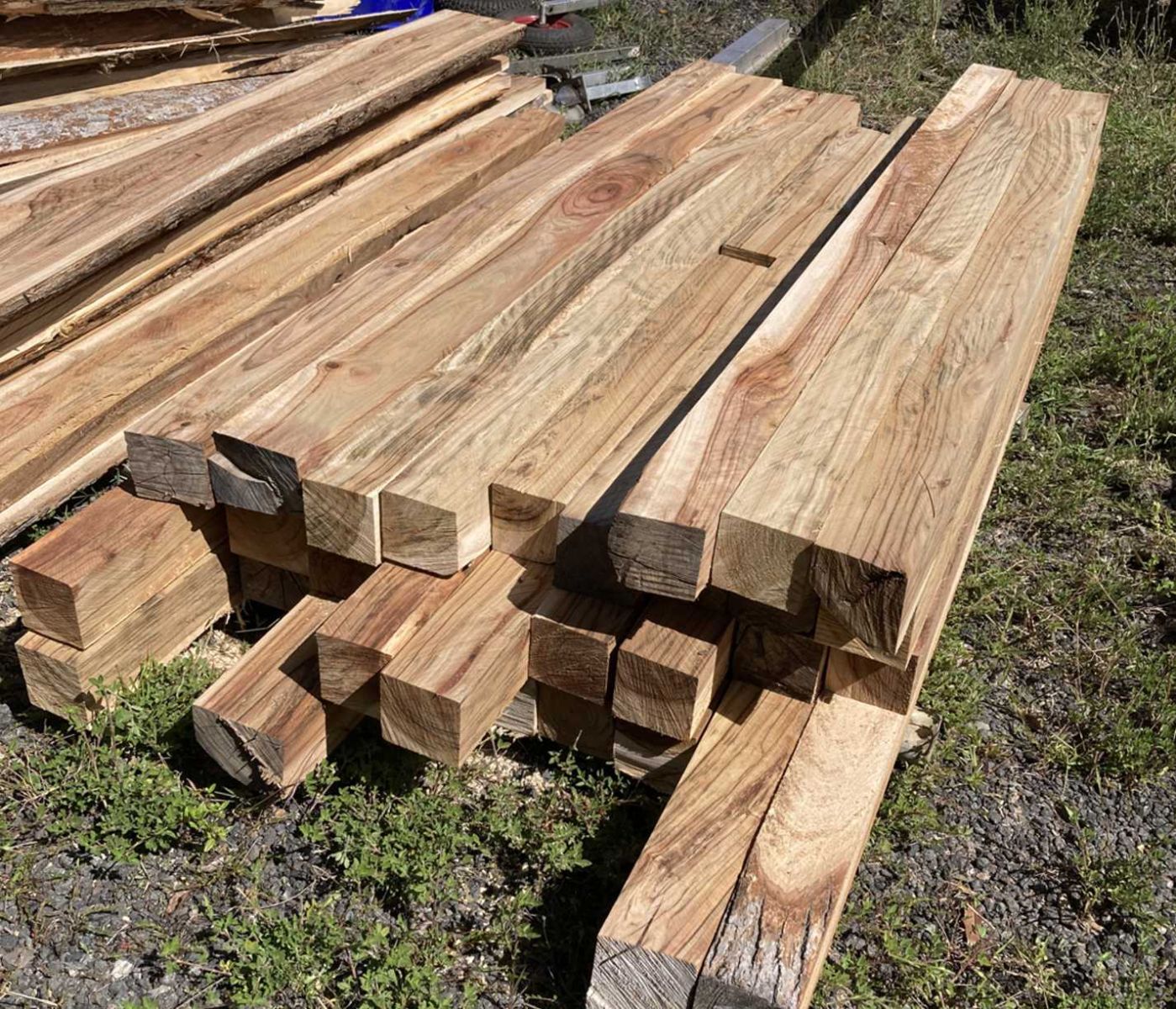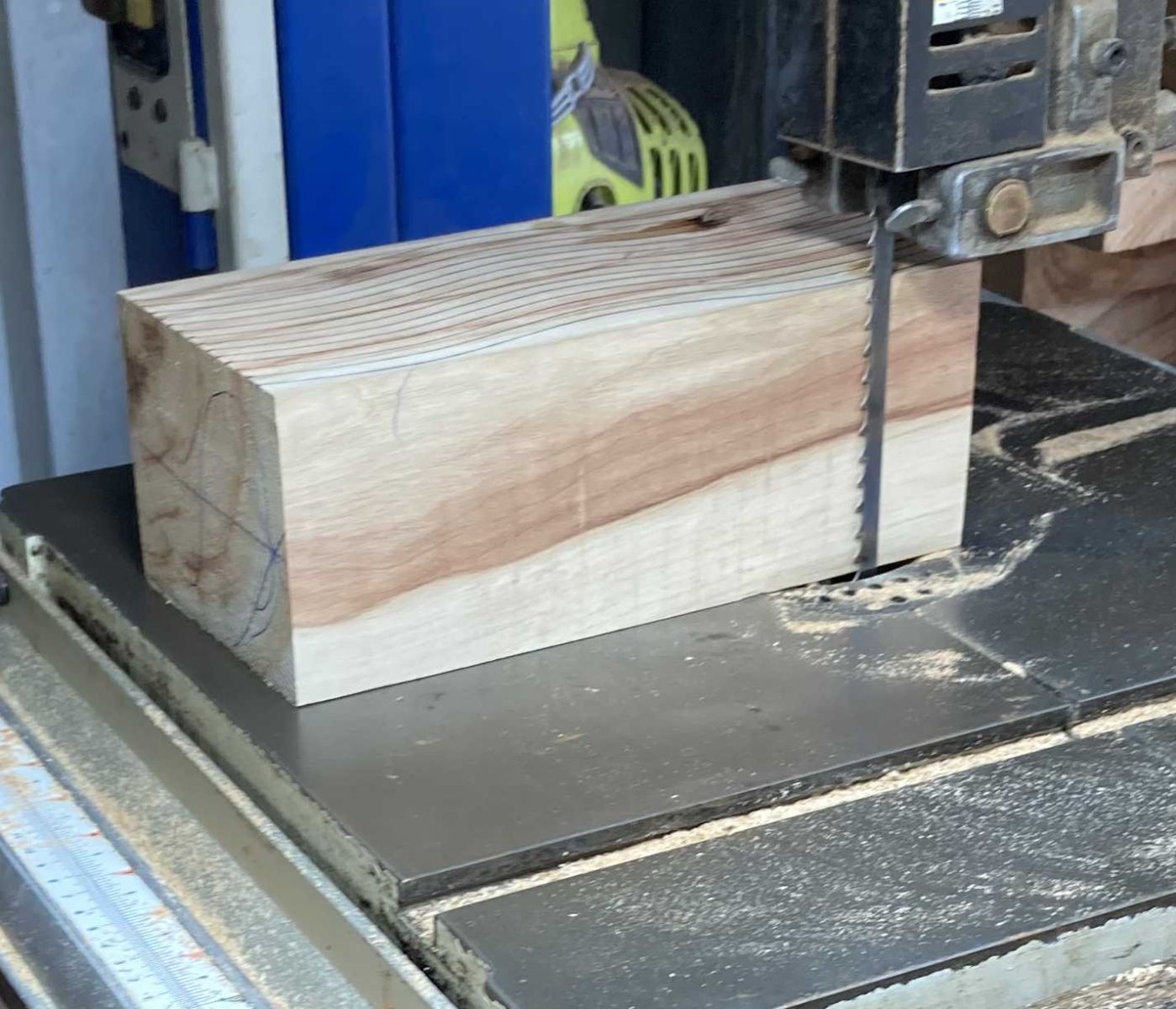Our Camphor laurel sails are handcrafted with our unique 3D curved S and leaf shapes cut from solid blocks so they retain their shape long into the future.
Sometimes our sails will have knots, or holes from old knots and we consider this a natural feature.

Camphor laurel was introduced into Australia from Asia in 1822. It has been planted as a garden ornamental throughout Queensland. Camphor laurel is an attractive shade tree, but can be very destructive as it aggressively replaces native vegetation.
The long-term consequences of its spread may result in the loss of native wildlife and agricultural productivity over large areas of South East Queensland. Camphor laurel invades pastures and disturbed riparian systems. It tends to germinate under fences and power lines (wherever birds rest and deposit the seed). As a result, it can push fences over and disrupt power facilities. It is a troublesome weed on dairy farms throughout south-east Queensland and northern New South Wales. Along the waterways of south-east Queensland, camphor laurels are replacing the native blue gums thereby threatening koala populations.
We source it from local land owners in South East Queensland where it is becoming a pest. Here are some photos where we have been on site recently and prepared the timber using a Lucas Mill.


The logs are milled into posts, then we store them for approximately two years to dry.

When finally dried, we check the wood grain and mark up the cutting lines by hand, and then cut to shape on a bandsaw.

Older camphor laurel trees develop a massive root system that can block drains and crack concrete structures. The average suburban backyard is far too small to accommodate a mature camphor laurel without problems. Removal of a mature tree can cost hundreds of dollars.
Camphor laurel is a category 3 restricted invasive plant under the Biosecurity Act 2014. It must not be given away, sold, or released into the environment. The Act requires everyone to take all reasonable and practical steps to minimise the risks associated with invasive plants under their control. This is called a general biosecurity obligation (GBO). This Queensland Government fact sheet gives examples of how you can meet your GBO.
At a local level, each local government must have a biosecurity plan that covers invasive plants in its area. This plan may include actions to be taken on certain species. Some of these actions may be required under local laws. Contact your local government for more information.
Camphor laurel is native to Taiwan, Japan and some parts of China. Since it was introduced, it has been planted all along eastern Australia from the Atherton Tablelands to Victoria. It is particularly common along watercourses and in soil types that once supported rainforest.
In south-east Queensland, it has the potential to develop dense infestations similar to older infestations that exist in northern New South Wales. A large camphor laurel tree may produce over 100,000 seeds every year. The seeds are readily spread by fruit eating birds. The seeds can stay viable up to three years and germination occurs form 4–20 weeks.
